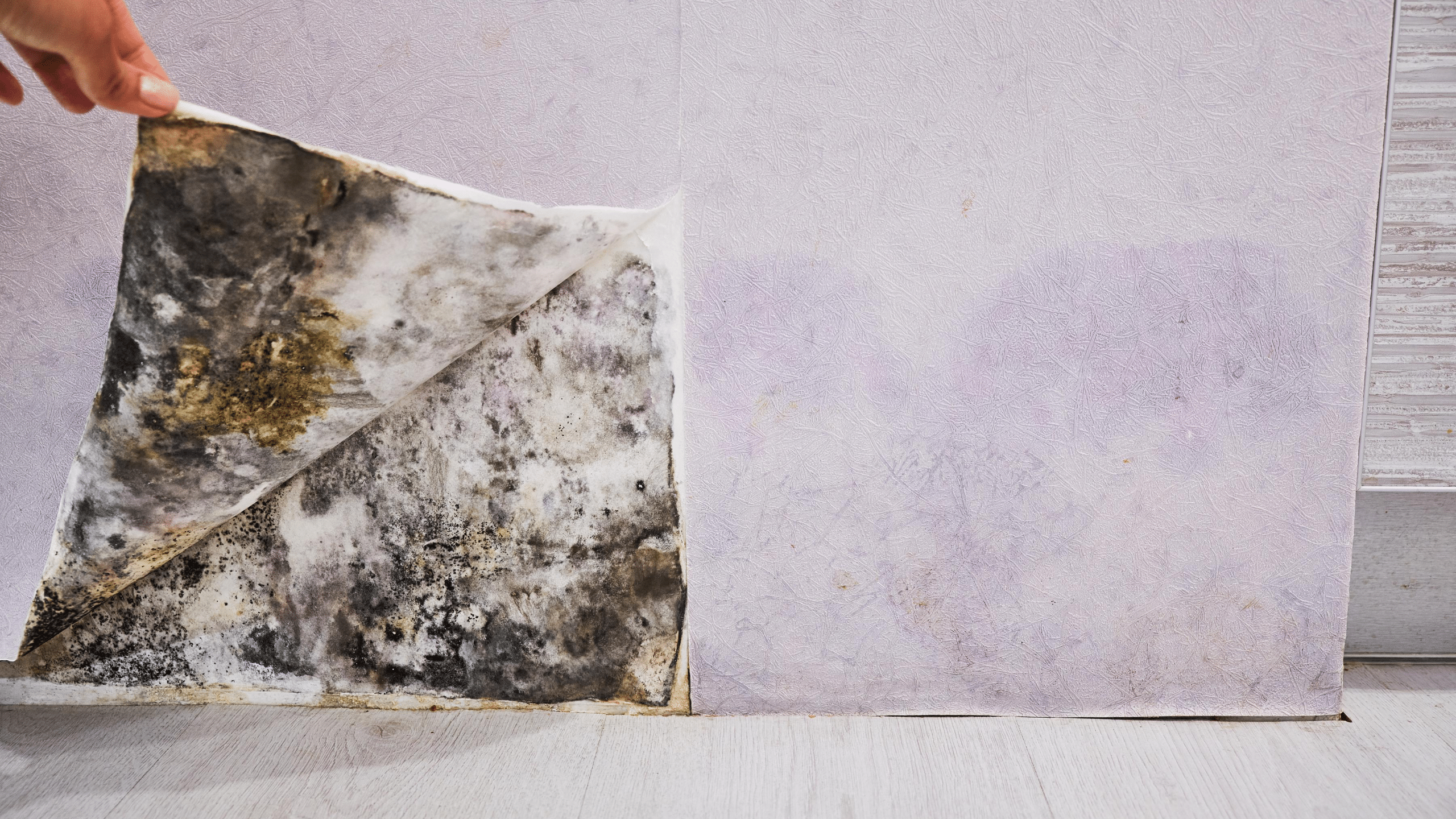3 Sampling Methods for Mold Assessment

Sampling Methods
There are three primary sampling methods used in mold assessment.
- Reference Method. This is a simple comparison between indoor and outdoor air concentrations. This constitutes a low level, grab sample. This method is intended to be used on large buildings where multiple samples are needed to help isolate concentrations in order to save time and expense. It was not intended to replace the assessment and never intended to be used as a “confirmation” of elevated mold spore counts in any structure. It helps the Assessor to isolate areas of concentration for further evaluation. This method is used by many weak mold testers as a means of revenue. It is attractive due to the low cost and promoted as a “peace of mind” assessment. It is a waste of your money. The results are meaningless and they have no scientific or mycological basis in fact
- Control Method. In this method, the Assessor compares the concentrations in a suspect area to an uncontaminated area in the same structure. This is superior to the Reference Method for many reasons but primarily because we are at least sampling the same specie of mold!
- Database Method. In this method, the Assessor compares the sample result to a distribution of statistical concentration collected in a database. While this may be a useful reference, it does not prove a result.
To understand sampling results, you must understand Transitory Spores v. Active Growth
Hint: Big difference
Spores build up a transitory presence over time in any given location. Transitory refers to the presence of settled debris on a surface, i.e., “settled dust”. If you sample dust, most likely it will contain mold spores, hyphae and other particulates. The mold is present (transitory) but not “growing”. If you transfer this sample to a culturable media containing a food source (agar) and moisture, it may germinate and form colonies. I say, “may” because only about 1% of mold spores will germinate.
Active growth occurs when conditions are correct for the amplification of colonies on a surface. Such growth may or may not be visible, however, if conditions are favorable, and active growth is present, hyphal fragments and mycelia will most likely be visible. Where visible growth is present, we know that conditions are favorable or were favorable. We now need to determine if conditions are still favorable.
Air samples will report “spores present” but sampling alone will not provide us with the information to determine if the spores are “transitory” or “active”. The Assessor must collect more data to determine if:
- Active growth is present
- Conditions conducive to active growth are present
- Whether the spore samples are transitory or active – amplified
An air sample will not tell us if the spores collected are “active” or capable of growth! That is why we refer to air sampling as “non-viable” sampling. Non-viable means the sample cannot tell us if the spore is capable of growth. Remember, only about 1% of spores are viable at best. Older spores and some species of mold are only about 0.01% viable.
Sampling Results
You cannot rely upon results from an air sample to make any determination that an elevated mold condition exists! An air sample was designed to do two things:
- Be a general reference in large volume assessment efforts to narrow down or focus on areas of concern to save time and money.
- To verify if a mold threat has been removed in clearance testing.
Mold testers/assessors who are attempting to persuade you that mold remediation is necessary based on the results of an air sample are providing a disservice. The data is useless, and you are being misled.
There is no supporting mycological science, building science or governmental guidelines which support this recommendation.
How Property360 Can Help
Property360is a professional inspection firm. We are your local expert for home inspection commercial property condition assessment, mold and indoor air quality assessment, forensic moisture investigations, fire door inspection, forensic termite inspection (provided by 360PestControl), americans with disabilities facility surveys (ADA), second opinions and expert testimony, building code inspection, new construction inspection, construction defect assessment, construction as-built inspection, contractor draw request inspection, construction management, contractor dispute resolution, fire and flood damage assessment, and residential insurance onspections – wind mitigation and 4-point reports.
Contact us to learn more about our team and to request a comprehensive residential or commercial inspection at (904) 503-9808 today!